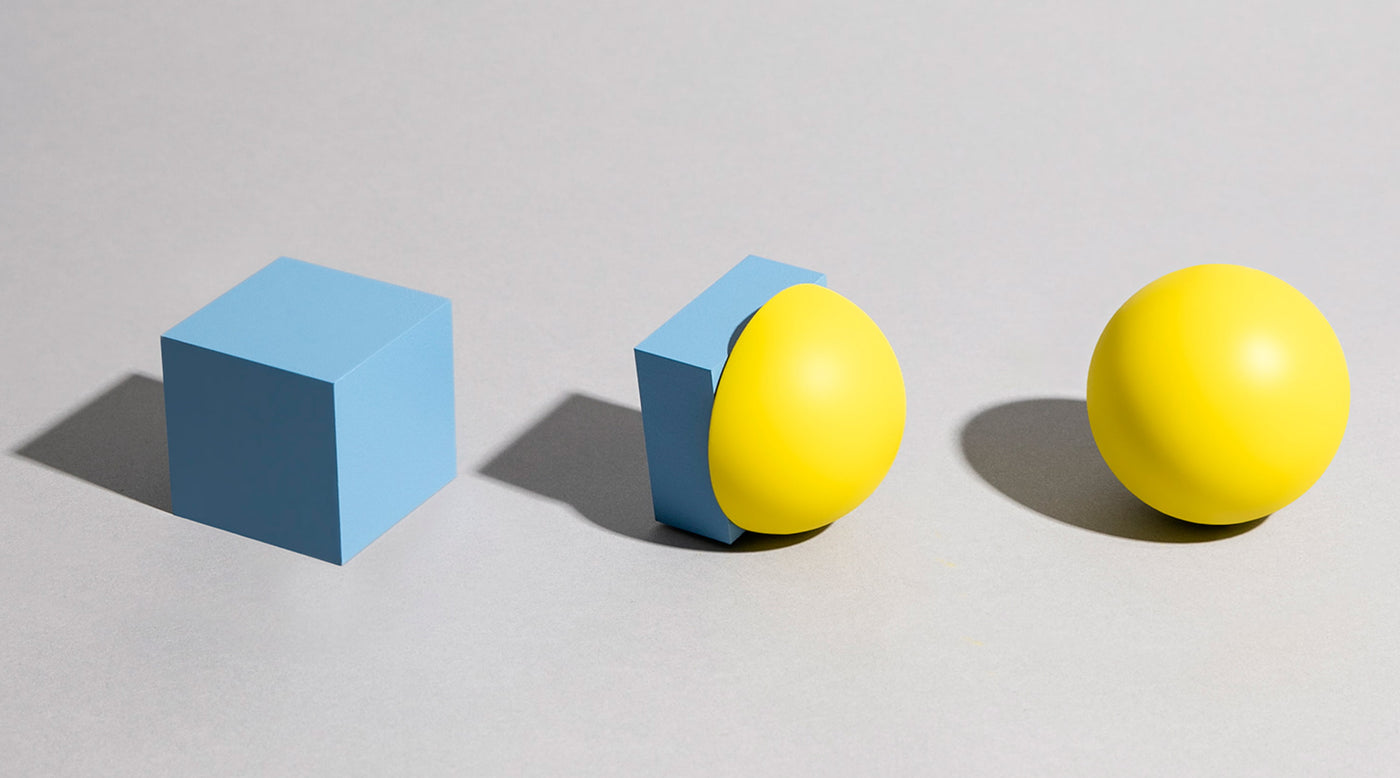NMN and NR—Which One Should You Take? Maybe Both
Written and Reviewed by: Elysium Health

There are differences between the two most popular NAD+ precursors. Learn the distinctions and what supplementing with each—or both—of them can do for you.
Key Takeaways:
-
NMN and NR are both precursors to NAD+, but NMN is one step closer.
-
Both precursors safely and effectively increase NAD+ levels when taken as a supplement.
-
Different tissues and organs (including your microbiome) may prefer one precursor over the other.
-
While there are many clinical trials examining the benefits of NMN or NR, to date, there are none that directly compare the two.
Related Products:
-
Basis: contains NR and pterostilbene, which work together to support cellular aging and healthy DNA by increasing NAD+ levels and activating SIRT1.
-
Signal: contains NMN, honokiol, and viniferin. These ingredients work together to support metabolic aging and mitochondrial function by increasing NAD+ and activating SIRT3.
If you’re reading this, you know how important NAD+ is to your day-to-day life: your cells need it to function. This critical coenzyme is found in every cell in your body and is involved in hundreds of metabolic processes like cellular energy and mitochondrial health. The thing is, it declines as you age!
Good thing science has discovered a few different precursors we can take to increase NAD+ (nicotinamide adenine dinucleotide). Precursors are molecules that turn into NAD+ in the body, making them the most effective way to raise our levels. You can’t just take NAD+ itself, as it won’t enter your cells and do its job. Smaller precursors can enter the cell and are converted into NAD+ by natural, cellular processes.
Precursors: How to help your cells make more NAD+
So let’s talk about those precursors. You may have heard about a few different ones. Of these, the most efficient precursors (ones that take the least amount of energy to convert to NAD+) are nicotinamide riboside (NR) and nicotinamide mononucleotide (NMN). Both of these precursors have been shown to effectively increase NAD+ levels in the body when taken in supplement form. So, which one should you take, and why?
It turns out the short answer may be: both. Here’s why.
The difference between NMN and NR
When it comes to being converted to NAD+ in the body, NMN is one step “closer” in the process. Synthesis of NAD+ by the cell involves a series of reaction steps–think “assembly line.” Different precursors enter at different stages of the assembly line. NMN is the last precursor product in the assembly line before being turned into NAD+. NR enters the production line just before NMN, so NMN is one step closer to the final product.
If NMN is the most direct route to NAD+, you’d think this means just go with NMN, right? That doesn’t always hold true.
Different parts of the body might prefer either NMN or NR!
NR and NMN can be interchangeable—some of the time. When it comes to what type of cell you’re trying to raise NAD+ in, though, the story gets more complex. There are 200 different kinds of cells in the body, from stem to skin to immune cells, and some of them behave differently when it comes to the uptake and utilization of precursors. For example, it’s been shown that NMN cannot get into liver cells without first transitioning to NR, in a role reversal of what we explained above. Yes, the conveyor belt in the NAD+ assembly line can change direction sometimes! Furthermore, research has shown that certain parts of the body show a “preference” for one over the other because of the presence of transporter molecules specific to that precursor. Transporters are like gates in the cell membrane that allow specific molecules to enter the cell. Both NMN and NR have distinct transporters, and the gut, for example, has more transporter molecules for NMN than it does for NR. The gut may indeed be “looking” for NMN, likely from diet and food intake, or possibly even the gut microbiome. The gut microbiome consists of 300-500 different species of bacteria, each of which requires NAD+ to survive, just like human cells. It’s interesting to note that different species of bacteria express different metabolic pathways for NAD+. While studies are beginning to suggest that supplementing with either NR or NMN is beneficial for our gut microbiome, more studies will be needed to determine if there are differences between the two precursors.
So which one should I take?
Because of the possibility that different types of cells and tissues “prefer” different precursors, it’s a great idea to take both to ensure that you can raise NAD+ in different cell types. Alternatively, you may want to try each separately to see which is a better fit for you and your unique lifestyle. Completed and ongoing human clinical trials on NR and NMN show promising results for each precursor—none yet which compares the two directly. Visit our Signal and Basis pages to learn more about each product.
Get Elysium news, subscriber-only product offers, and a monthly digest of new research in the field of aging. Sign up for our newsletter.


